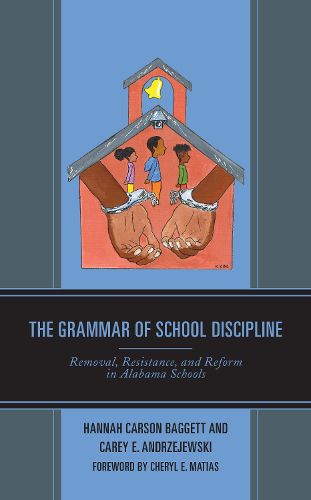Readings Newsletter
Become a Readings Member to make your shopping experience even easier.
Sign in or sign up for free!
You’re not far away from qualifying for FREE standard shipping within Australia
You’ve qualified for FREE standard shipping within Australia
The cart is loading…






The Grammar of School Discipline examines how seemingly discrete school discipline policies and practices constitute a particular grammar: Removal, Resistance and Reform. Weaving numeric data with portraits of students and school practitioners, the authors detail a nuanced landscape of school discipline in Alabama and its anti-Black foundations. The removal of Black students can be traced to the antebellum construction of Blackness as criminal, deviant, and deserving of punishment. A focus on resistance centers the agency that students and practitioners exercise despite anti-Black removal. An exploration of specific reform efforts emphasizes that even the most well-intentioned and well-organized reforms are limited when the removal of students remains an option for practitioners. The authors end with an appeal to educational stakeholders to repair the harms that these anti-Black policies and practices inflict on students and communities, and thus move towards repairing the damage that white supremacy inflicts on everyone's humanity.
$9.00 standard shipping within Australia
FREE standard shipping within Australia for orders over $100.00
Express & International shipping calculated at checkout
The Grammar of School Discipline examines how seemingly discrete school discipline policies and practices constitute a particular grammar: Removal, Resistance and Reform. Weaving numeric data with portraits of students and school practitioners, the authors detail a nuanced landscape of school discipline in Alabama and its anti-Black foundations. The removal of Black students can be traced to the antebellum construction of Blackness as criminal, deviant, and deserving of punishment. A focus on resistance centers the agency that students and practitioners exercise despite anti-Black removal. An exploration of specific reform efforts emphasizes that even the most well-intentioned and well-organized reforms are limited when the removal of students remains an option for practitioners. The authors end with an appeal to educational stakeholders to repair the harms that these anti-Black policies and practices inflict on students and communities, and thus move towards repairing the damage that white supremacy inflicts on everyone's humanity.